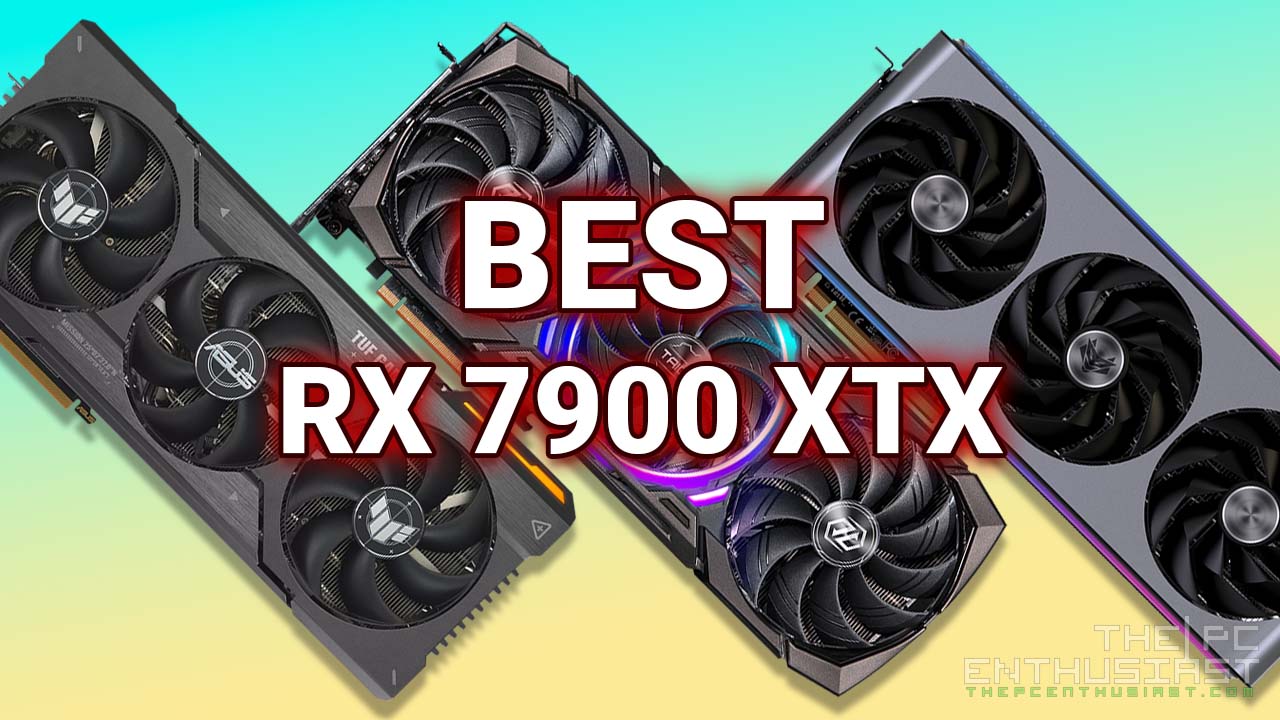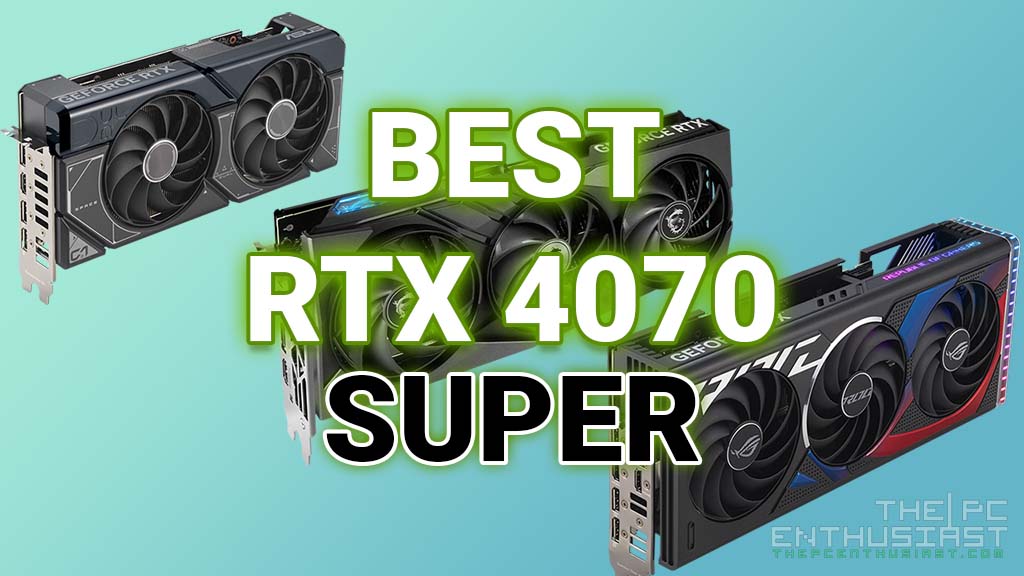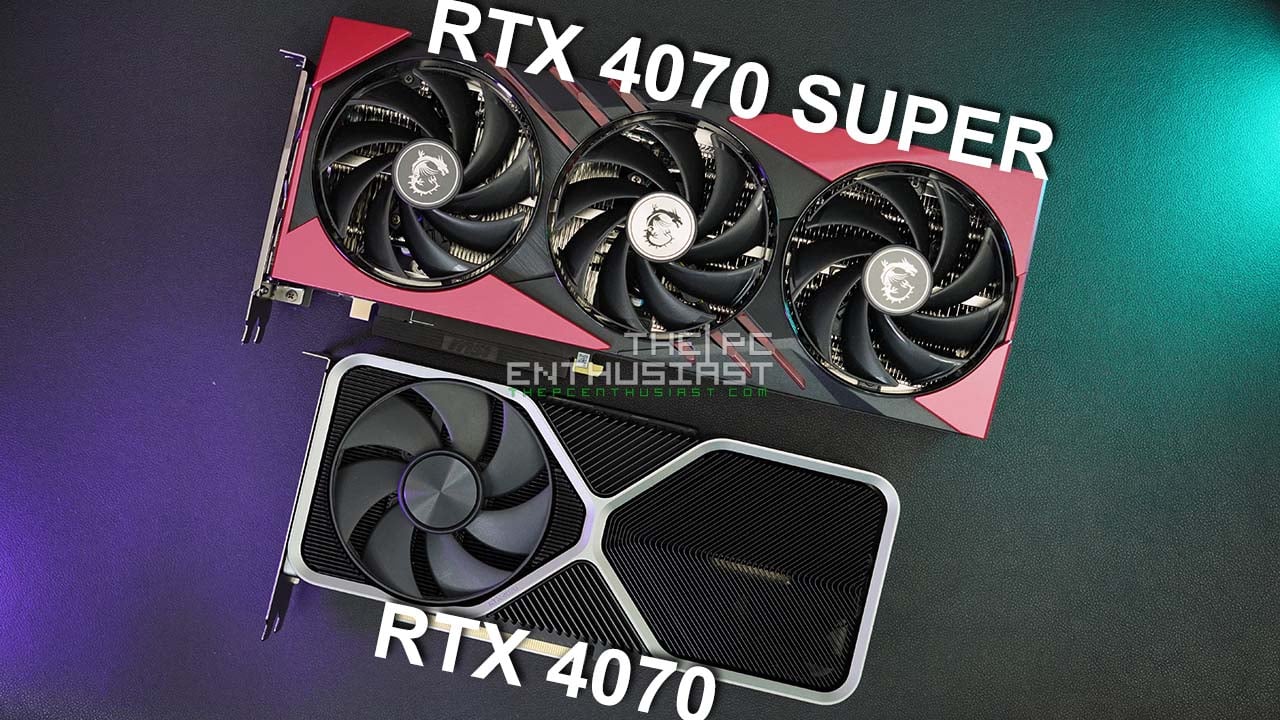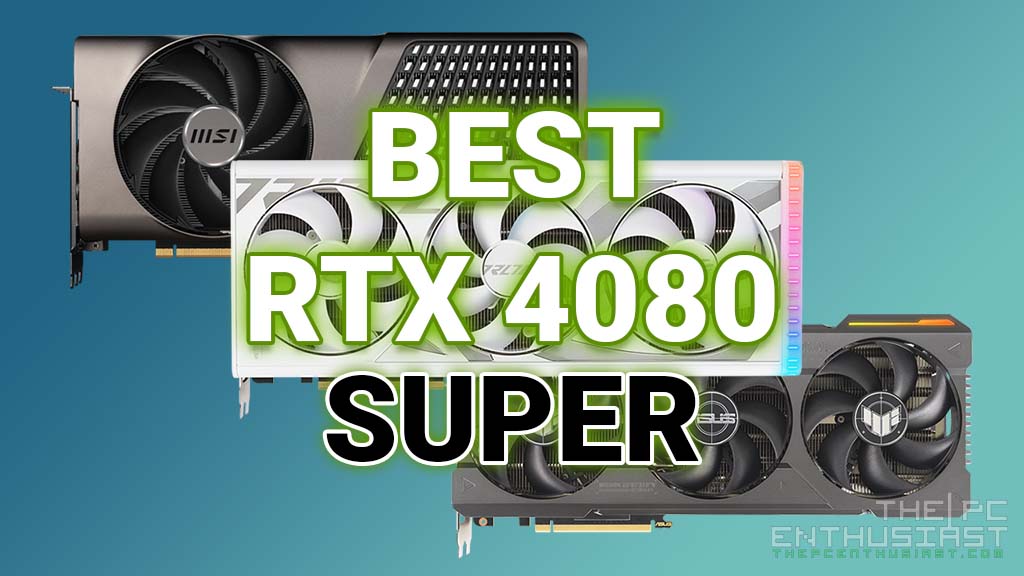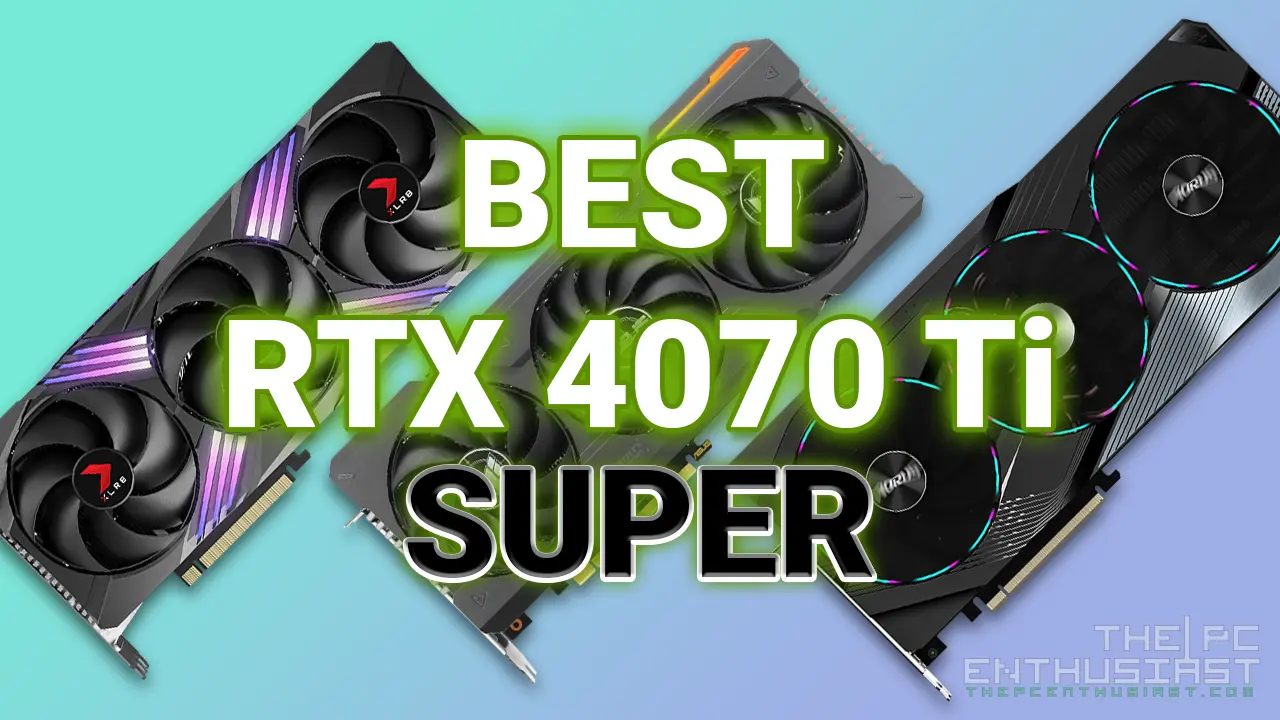MSI recently unveiled its first custom NVIDIA GeForce RTX 30 series graphics cards. This includes the Gaming X Trio and Ventus graphics card series. The MSI RTX 3090, RTX 3080, and RTX 3070 will all have a Gaming (X) Trio and Ventus 3X variants. Meanwhile, a dual-fan Ventus 2X variant will be available for the RTX 3070 only. More features and specs of these new graphics cards below.

MSI RTX 30 Series Gaming X Trio Graphics Cards Leads the Lineup
The GAMING lineup has been MSI’s most popular graphics card series. Gone are the dual fan Gaming X cards of MSI. The new Gaming (X) Trio with a triple fan setup has become the default style in MSI’s graphics cards.
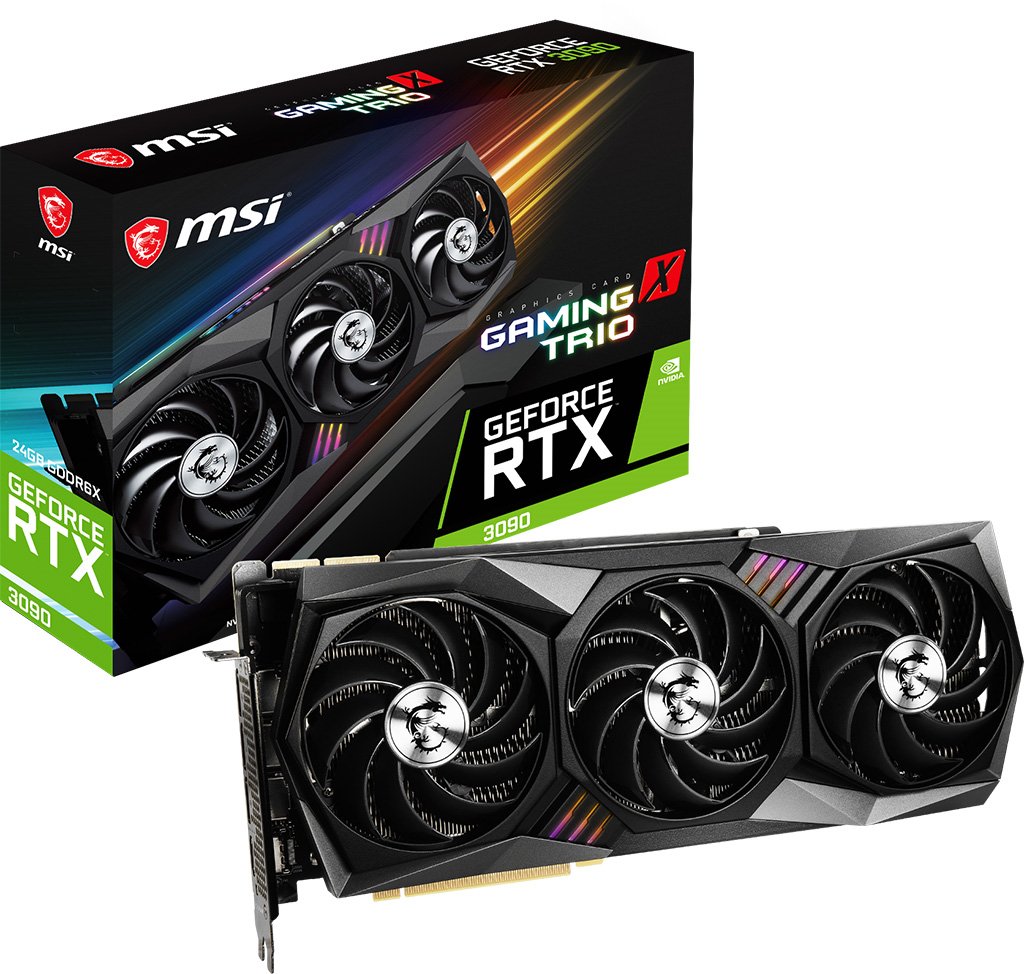
According to MSI, the GAMING has been refreshed with a new look; while maintaining the same great balance between performance, cooling, and low-noise that gamers have come to trust. The new series features TORX Fan 4.0 design with pairs of fan blades bound together with an outer link. This forms a rim that focuses airflow into the updated TRI FROZR 2 cooling system.
MSI’s GeForce RTX 30 series Gaming (X) Trio features a matte-finish backplate. The backplate also provides passive cooling action through the implementation of thermal pads. RGB lighting is present on the front side of the card; as well as stripes on the center fan on the cooler shroud.
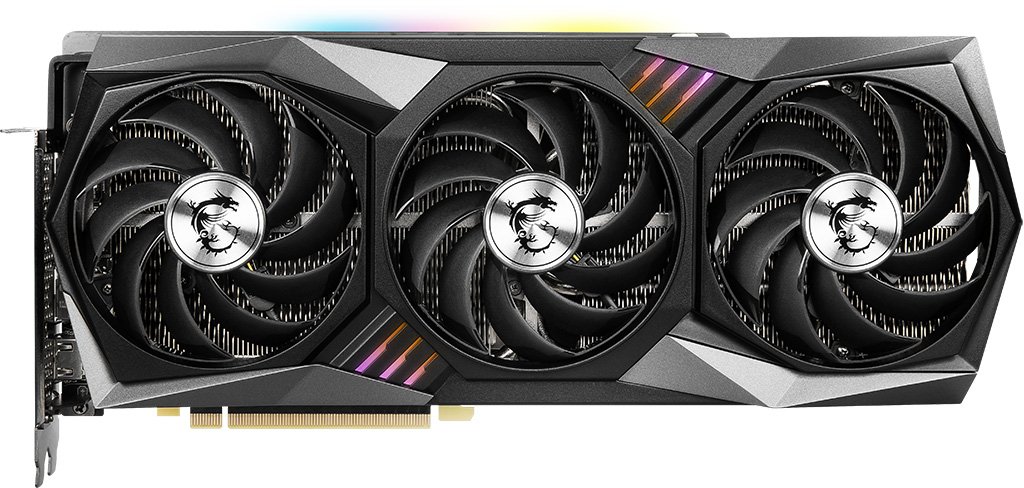
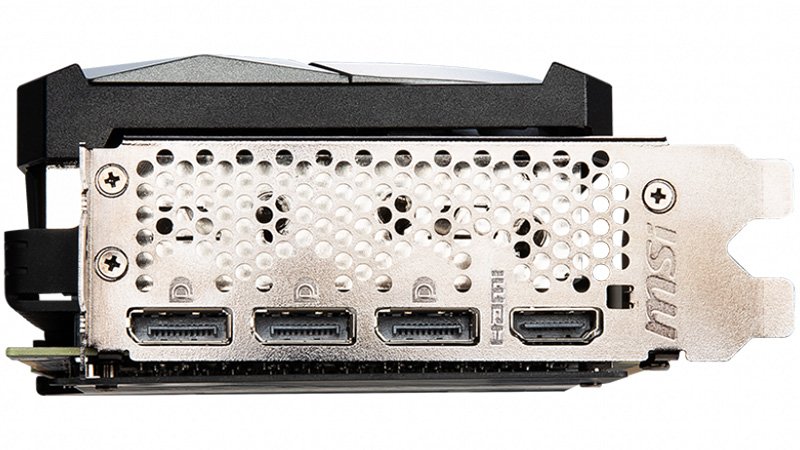
Speaking of fans, it looks like all three fans are symmetrical now, unlike in the Gaming X Trio RTX 20 series cards. The old look was a bit awkward with one of the fans being smaller compared to the other two.
MSI RTX 30 Series Ventus Graphics Cards
MSI’s Ventus lineup is the “cheaper” option. But it looks like they have updated the design and aesthetics of the Ventus RTX 30 series. The new Ventus looks better compared to the previous design, in my opinion.


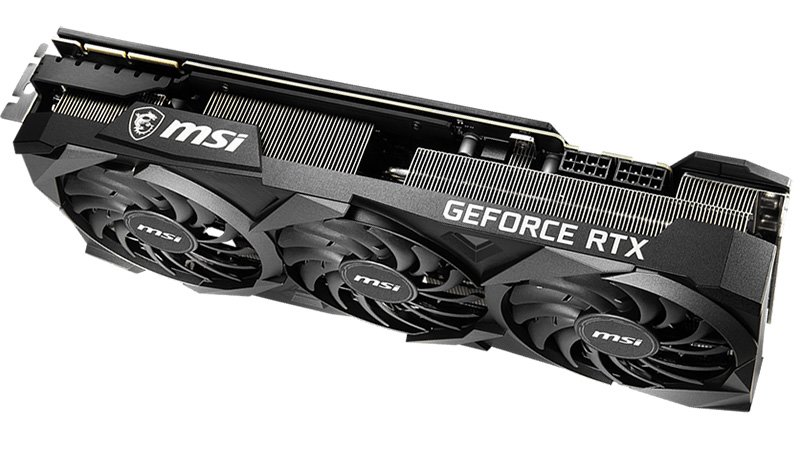

The MSI RTX 30 series Ventus features TORX Fan 3.0 and is available in triple and dual fan variants. But the dual fan is for the RTX 3070 GPU only. There are no (RGB) lighting on the Ventus series. It’s just a plain all-black graphics card.
MSI’s Ventus does feature a robust cooling system, reinforcing brushed-finish backplate, and rigid industrial aesthetics. This makes the Ventus series flexible and can be paired with any build.

More Series Coming Soon…
Usually, MSI releases several variants or design of their graphics cards. And that’s true for the other AIB partners as well. According to MSI, the GAMING and VENTUS will form the spearhead of MSI’s GeForce RTX™ 30 series line-up. However, more series are planned to arrive in the near future.
Will MSI continue the “Lightning” series or perhaps something new?
Pricing and Availability
The GeForce RTX 3080 graphics cards are expected to become available on September 17, 2020. Meanwhile, the GeForce RTX 3090 will become available starting on the 24th. As for the RTX 3070, is expected to be released sometime in October; more or less in the first half of October.
MSI has not revealed or announced the prices of its GAMING and VENTUS cards yet. However, NVIDIA’s RTX 3090 comes with an MSRP of $1,499; the RTX 3080 starts at $699; and the RTX 3070 at $499.
I’m guessing that the Ventus variant will be priced similar or close to NVIDIA’s pricing. But I’m positive that the GAMING variants will be priced higher. Below are more features of the RTX 30 series GPUs and the specifications of MSI’s graphics cards.
NVIDIA GeForce RTX 30 Series Features
Below are the “cutting-edge” technologies that the new RTX 30 Series GPUs and NVIDIA Ampere architecture have to offer:
- New streaming multiprocessors: The building block for the world’s fastest, most efficient GPU, delivering 2x the FP32 throughput of the previous generation, and 30 Shader-TFLOPS of processing power.
- Second-gen RT Cores: New dedicated RT Cores deliver 2x the throughput of the previous generation, plus concurrent ray tracing and shading and compute, with 58 RT-TFLOPS of processing power.
- Third-gen Tensor Cores: New dedicated Tensor Cores, with up to 2x the throughput of the previous generation, making it faster and more efficient to run AI-powered technologies, like NVIDIA DLSS, and 238 Tensor-TFLOPS of processing power.
- NVIDIA RTX IO: Enables rapid GPU-based loading and game asset decompression, accelerating input/output performance by up to 100x compared with hard drives and traditional storage APIs. In conjunction with Microsoft’s new DirectStorage for Windows API,(1) RTX IO offloads dozens of CPU cores’ worth of work to the RTX GPU, improving frame rates and enabling near-instantaneous game loading.
- NVIDIA Broadcast for AI-powered Video and Voice: Turn any room into a home studio with AI-taking your livestreams and video chats to the next level with AI-powered audio and video effects like noise removal, virtual background, and webcam auto frame.
- World’s fastest graphics memory: NVIDIA has worked with Micron to create the world’s fastest discrete graphics memory for the RTX 30 Series, GDDR6X.(2) It provides data speeds of close to 1TB/s system memory bandwidth for graphics card applications, maximizing game and app performance.
- Next-gen process technology: New 8N NVIDIA custom process from Samsung, which allows for higher transistor density and more efficiency.
MSI RTX 3090/3080/3070 Gaming (X) Trio Specifications
| Model Name | GeForce RTX 3090 GAMING X TRIO 24G | GeForce RTX 3090 GAMING TRIO 24G | GeForce RTX 3080 GAMING X TRIO 10G | GeForce RTX 3080 GAMING TRIO 10G | GeForce RTX 3070 GAMING X TRIO | GeForce RTX 3070 GAMING TRIO |
|---|---|---|---|---|---|---|
| Interface | PCIe Gen4 | PCIe Gen4 | PCIe Gen4 | PCIe Gen4 | PCIe Gen4 | PCIe Gen4 |
| Cores | TBD | TBD | TBD | TBD | TBD | TBD |
| Core Clocks | TBD | TBD | TBD | TBD | TBD | TBD |
| Memory Speed | TBD | TBD | TBD | TBD | TBD | TBD |
| Memory | 24GB GDDR6X | 24GB GDDR6X | 10GB GDDR6X | 10GB GDDR6X | 8GB GDDR6 | 8GB GDDR6 |
| Memory Bus | 384-bIt | 384-bIt | 320-bIt | 320-bIt | 256-bIt | 256-bIt |
| Output | DisplayPort x 3 (v1.4a) / HDMI 2.1 x1 | DisplayPort x 3 (v1.4a) / HDMI 2.1 x1 | DisplayPort x 3 (v1.4a) / HDMI 2.1 x1 | DisplayPort x 3 (v1.4a) / HDMI 2.1 x1 | DisplayPort x 3 (v1.4a) / HDMI 2.1 x1 | DisplayPort x 3 (v1.4a) / HDMI 2.1 x1 |
| HDCP Support | Yes | Yes | Yes | Yes | Yes | Yes |
| Power Consumption | TBD | TBD | TBD | TBD | TBD | TBD |
| Power Connectors | 8-pin x3 | 8-pin x3 | 8-pin x3 | 8-pin x3 | 8-pin x2 | 8-pin x2 |
| Recommended PSU | TBD | TBD | TBD | TBD | TBD | TBD |
| Dimensions | TBD | TBD | TBD | TBD | TBD | TBD |
| DirectX Support | 12 API | 12 API | 12 API | 12 API | 12 API | 12 API |
| OpenGL Support | 4.6 | 4.6 | 4.6 | 4.6 | 4.6 | 4.6 |
| NVLink Support | Yes | Yes | N/A | N/A | N/A | N/A |
| Maximum Displays | 4 | 4 | 4 | 4 | 4 | 4 |
MSI RTX 3090 and RTX 3080 Ventus Specifications
TABLE
| Model Name | GeForce RTX 3090 VENTUS 3X 24G OC | GeForce RTX 3090 VENTUS 3X 24G | GeForce RTX 3080 VENTUS 3X 10G OC | GeForce RTX 3080 VENTUS 3X 10G |
|---|---|---|---|---|
| Interface | PCIe Gen4 | PCIe Gen4 | PCIe Gen4 | PCIe Gen4 |
| Cores | TBD | TBD | TBD | TBD |
| Core Clocks | TBD | TBD | TBD | TBD |
| Memory Speed | TBD | TBD | TBD | TBD |
| Memory | 24GB GDDR6X | 24GB GDDR6X | 10GB GDDR6X | 10GB GDDR6X |
| Memory Bus | 384-bIt | 384-bIt | 320-bIt | 320-bIt |
| Output | DisplayPort x 3 (v1.4a) / HDMI 2.1 x1 | DisplayPort x 3 (v1.4a) / HDMI 2.1 x1 | DisplayPort x 3 (v1.4a) / HDMI 2.1 x1 | DisplayPort x 3 (v1.4a) / HDMI 2.1 x1 |
| HDCP Support | Y | Y | Y | Y |
| Power Consumption | TBD | TBD | TBD | TBD |
| Power Connectors | 8-pin x2 | 8-pin x2 | 8-pin x2 | 8-pin x2 |
| Recommended PSU | TBD | TBD | TBD | TBD |
| Dimensions | 305 x 120 x 57 mm | 305 x 120 x 57 mm | 305 x 120 x 57 mm | 305 x 120 x 57 mm |
| Weight (card/package) | 1397g / 2016g | 1397g / 2016g | 1370g / 1986g | 1370g / 1986g |
| DirectX Support | 12 API | 12 API | 12 API | 12 API |
| OpenGL Support | 4.6 | 4.6 | 4.6 | 4.6 |
| NVLink Support | Y | Y | N/A | N/A |
| Maximum Displays | 4 | 4 | 4 | 4 |
MSI RTX 3070 Ventus Specifications
| Model Name | GeForce RTX 3070 VENTUS 3X OC | GeForce RTX 3070 VENTUS 3X | GeForce RTX 3070 VENTUS 2X OC | GeForce RTX 3070 VENTUS 2X |
|---|---|---|---|---|
| Interface | PCIe Gen4 | PCIe Gen4 | PCIe Gen4 | PCIe Gen4 |
| Cores | TBD | TBD | TBD | TBD |
| Core Clocks | TBD | TBD | TBD | TBD |
| Memory Speed | TBD | TBD | TBD | TBD |
| Memory | 8GB GDDR6 | 8GB GDDR6 | 8GB GDDR6 | 8GB GDDR6 |
| Memory Bus | 256-bIt | 256-bIt | 256-bIt | 256-bIt |
| Output | DisplayPort x 3 (v1.4a) / HDMI 2.1 x1 | DisplayPort x 3 (v1.4a) / HDMI 2.1 x1 | DisplayPort x 3 (v1.4a) / HDMI 2.1 x1 | DisplayPort x 3 (v1.4a) / HDMI 2.1 x1 |
| HDCP Support | Y | Y | Y | Y |
| Power Consumption | TBD | TBD | TBD | TBD |
| Power Connectors | 8-pin x2 | 8-pin x2 | 8-pin x2 | 8-pin x2 |
| Recommended PSU | TBD | TBD | TBD | TBD |
| Dimensions | 305 x 121 x 52 mm | 305 x 121 x 52 mm | TBD | TBD |
| Weight (card/package) | TBD | TBD | TBD | TBD |
| DirectX Support | 12 API | 12 API | 12 API | 12 API |
| OpenGL Support | 4.6 | 4.6 | 4.6 | 4.6 |
| NVLink Support | N/A | N/A | N/A | N/A |
| Maximum Displays | 4 | 4 | 4 | 4 |
All graphics cards above are VR-ready, with G-Sync Technology, has Adaptive Vertical Sync support, with a digital maximum resolution of 7680×4320.

